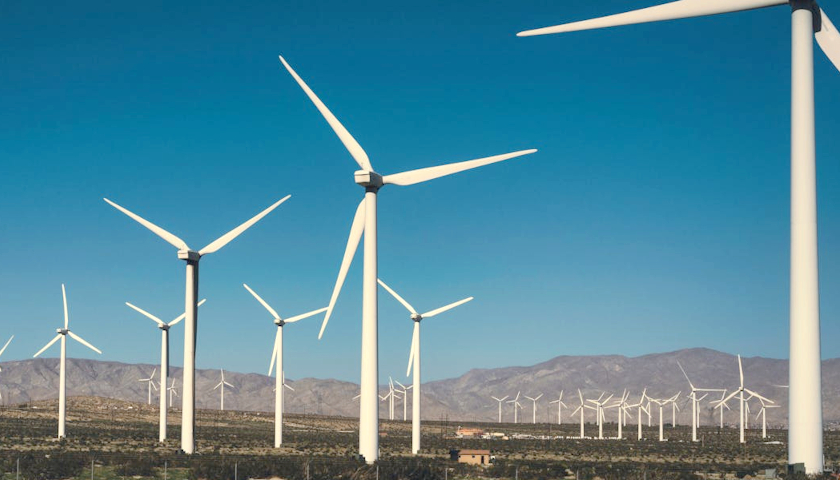by Kevin Killough
The wind industry produce 2.1 percent less electricity in 2023 compared to the previous year. Total wind capacity in the U.S. has tripled from 47 gigawatts in 2010 to 147.5 gigawatts by the end of 2023.
The wind energy industry managed to increase total generation capacity by 6.2 gigawatts in 2023, but the actual electricity generation decreased.
According to the U.S. Energy Information Administration, wind farms in the U.S. generated a total of 425,235 gigawatt hours in 2023, which was 2.1 percent less than the industry generated in 2022. The nation’s wind energy capacity has tripled from 47 gigawatts in 2010 to 147.5 gigawatts by the end of 2023.
Capacity refers to the total potential for a generation source to produce electricity, if it’s running continuously without disruption. All forms of generation have some downtime, but wind turbines only produce power under ideal weather conditions. In 2023, according to the EIA, the capacity factor of wind dropped to an eight-year low of 33.5 percent. Capacity factor is a ratio of the electricity produced compared to what a generation source could have produced with non-stop operation.
The EIA attributed the decrease to slower wind speeds, especially during the first half of the year when wind generation dropped 14 percent compared to the same period in 2022. In 2022, the EIA noted, wind speeds were above normal.
Meanwhile, the U.S. has remained the dominant producer of oil since 2018.
– – –
Kevin Killough is a reporter for Just the News.
Photo “Wind Farm” by Alfo Medeiros.








